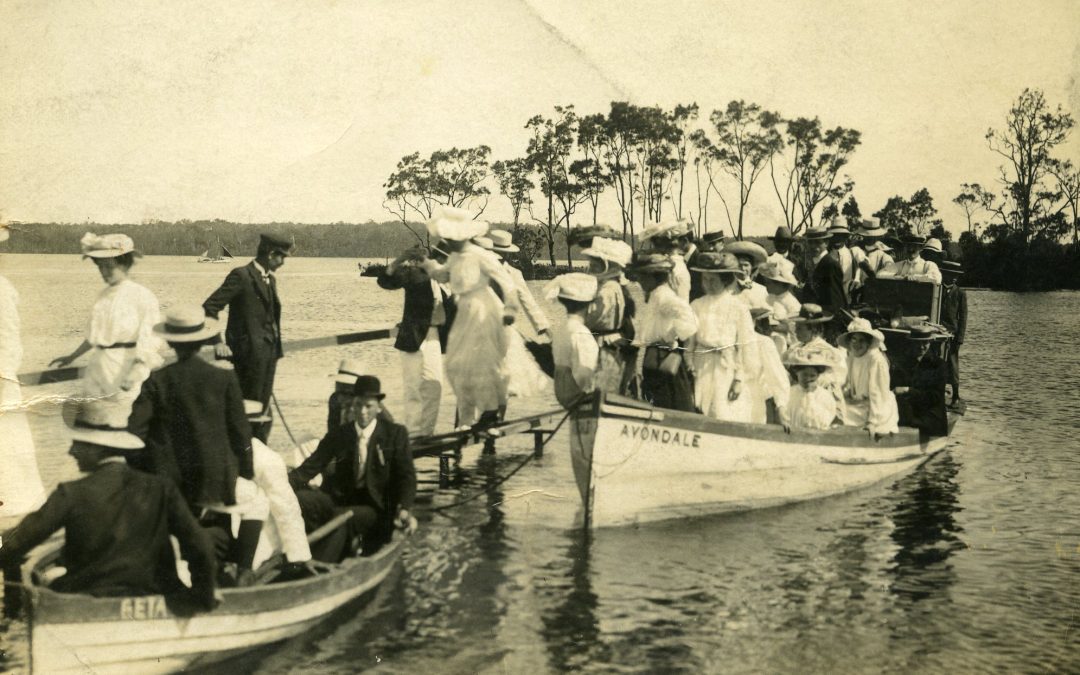Lake Macquarie is a large coastal lake located in the Hunter Region of New South Wales, Australia. It is the largest saltwater lake in the Southern Hemisphere and is a popular destination for tourists from all over the world. But how did Lake Macquarie become such a popular tourist hotspot? Let’s take a look at its history.
Early History
The Awabakal people were the traditional owners of the land around Lake Macquarie. They lived in the area for thousands of years and had a deep connection with the land and waterways. The lake provided them with a rich source of food, including fish, shellfish, and waterfowl. They also used the lake for transportation and trade.
In the early 1800s, European settlers began to arrive in the area. They were attracted to the fertile land and abundant natural resources, including timber and coal. The lake provided a vital transport route for these resources and played an important role in the development of the region.
Tourism Begins
In the late 1800s, tourism began to emerge as an industry in the Lake Macquarie region. The natural beauty of the lake and its surrounds, combined with the mild climate and easy access from Sydney, made it an attractive destination for holidaymakers.
The first tourist accommodation in the area was a guesthouse called the Hotel Macquarie, which opened in 1887 in the lakeside suburb of Speers Point. The hotel was popular with visitors who came to enjoy the lake’s recreational activities, such as boating, fishing, and swimming.
As tourism grew in the early 1900s, more guesthouses and holiday homes were built around the lake. Many of these were owned by wealthy families from Sydney who would spend their summers in the area. The lake also became a popular destination for day-trippers, who would come from Newcastle and other nearby towns to enjoy a picnic or a swim in the lake.
Post-War Boom
After World War II, tourism in Lake Macquarie experienced a significant boom. The region’s population grew rapidly as people moved to the area to work in the coal mines and other industries. This led to a construction boom, with many new homes, shops, and businesses being built.
The lake remained a popular destination for tourists, who were now attracted by the region’s growing range of attractions, including amusement parks, golf courses, and shopping centres. The lake’s water quality also improved significantly in the post-war period, thanks to increased investment in sewage treatment and environmental management.
Recent Years
In recent years, tourism in Lake Macquarie has continued to grow. The region has developed a reputation as a destination for outdoor activities such as hiking, mountain biking, and water sports. The lake’s beaches and parks are also popular with visitors, who come to relax and enjoy the natural beauty of the area.
The region has also become a hub for cultural activities, with a growing arts scene and a range of festivals and events throughout the year. The Lake Macquarie City Art Gallery, which opened in 1990, is a popular attraction for art lovers, and the Lake Macquarie Running Festival, which began in 2007, attracts runners from all over Australia.
A Modern Tourism Destination with a Long History
Lake Macquarie has come a long way from its early days as a transport route for coal and timber. Today, it is a thriving tourist destination, attracting visitors from all over the world with its natural beauty, outdoor activities, and cultural offerings. Its history is rich and varied, and it is this history that has helped to shape the region into the vibrant and dynamic place it is today.

